Tales of mythological creatures have captivated our imagination for years. It's since childhood our grandparents have shared stories about legendary animals, mythical monsters and other wonderful mythical creatures right?
There are countless of these mythological creatures. Some of these mysterious animals are purely symbolic and give us a deeper insight into the concerns, or ideals, of a specific culture. There are also other folk tales that have charming mythological creatures and focus primarily on human nature. People draw innate attention to these stories and folklore, regardless of their origin or purpose.
Today we give you some popular mythological creatures from folklore fairy tales and what our grandparents used to tell stories about! Then dive in!
Popular mythological creatures
Kraken

The octopus first appeared in mythology as a massive squid or squid that was seen by fishermen off the coast of Norway and Greenland. A depiction from the 18th century depicts it as an octopus-like beast that is large enough that when it protruded from the water, part of the body resembled an island. The sea octopus catches shipmasters and drags them to the cold depths with their many tentacles. It can also create a deadly whirlpool by sinking under water. The rage of the crow may be exaggerated in the legend, but the beast itself is not entirely fictional.
golems
Golems are popular in Jewish mythology and are represented as beings made of inanimate materials such as clay or mud. They come to life to fulfill specific purposes. For example, in some legends, a golem is formed to protect against anti-Semitic attacks. Legends also say that golems are loyal and dutiful will follow accurate and literal commands. As such, their builders had to be careful about what they ordered them to achieve.
Oni
Oni are people from Japanese mythology who were so evil that they turned into demons in hell. Some were so awful that they were changed while they were alive! These colossal, frightening beasts with red or blue skin, horns and tusks are the servants of hell. They punish evil people with violence and devour almost anything, including humans. While the stories and representations of Oni are different, they are usually deadly and powerful antagonists.
Cyclops
Cyclops means 'circular eye' and has its origins in Greek mythology. They have a single eye, live in solitude and have a tendency to sheep or goats. They are less popular than the ancient Greek gods. While many despise them for their lawlessness, Cyclops were responsible for elements such as Zeus' thunder, Hades' helmet, Poseidon's trident, and Artemis' silver bow.
Popular mythological creatures
Ogre
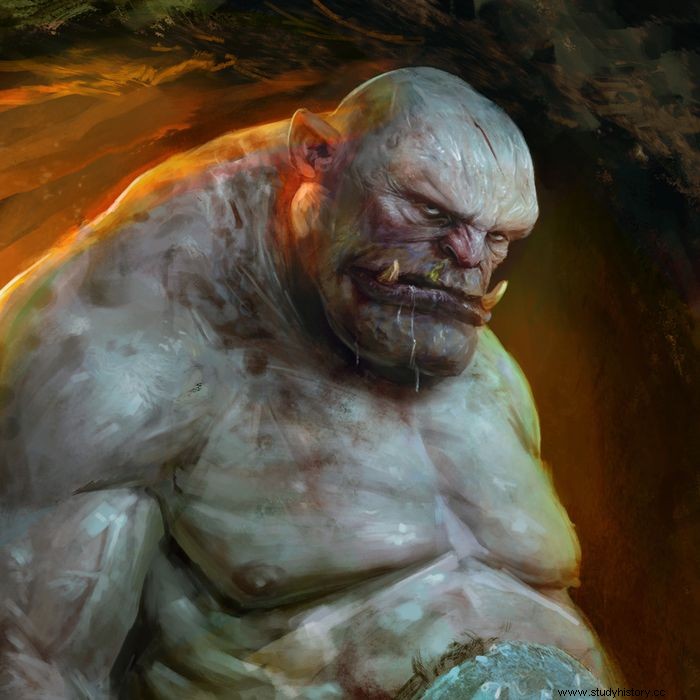
Ogres is a popular character who appears in folk tales from around the world. While Ogre is a term of French origin, the creature refers to a man-eating ancient Etruscan deity, Orcus. Many people are familiar with Ogre because of the character Shrek. However, Shrek is not the usual troll. Ogres are massive in size, taller and heavy muscular. They have a lot of hair and a voracious appetite. Ogres are either stupid and vague or aggressive. They are layered beings!
leprechauns
Leprechauns are popular and easily identified creatures. And especially if you ever eat a certain cereal! Leprechauns first appeared in medieval Irish tradition. However, they did not become popular until later. Leprechauns are solitary creatures who like mischief and practical jokes. They are smaller, tiny human-like devices. Surprisingly, folklore says that a leprechaun's appearance and attire may vary by area!
gnomes
When we say gnome, the first thing you think of is a garden gnome, right? Santa is a small, cheerful protector of flora and fauna. In a way, this representation is not inaccurate. Gnomes are dwarf-like soil units. They guarded buried treasures in legendary European stories. Medieval mythology depicted goblins as creatures resembling little old men, with bent backs.
Goblins
Goblins first appeared in Germanic and British folk tales. Their skills, abilities, physical appearance and goals vary according to the story and purpose. The origin of goblin mythology is unknown. However, many stories and people refer to them as troublemakers with poison and greed.
Popular mythological creatures
fairies
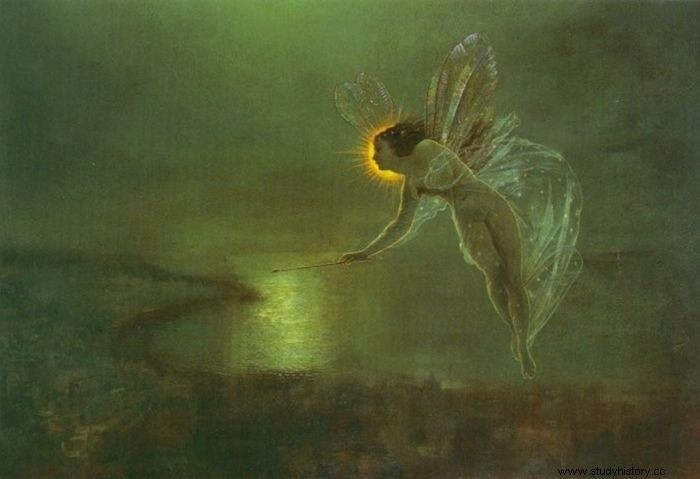
The origins of fairies date back to medieval novels in ancient French times. These supernatural beings or spirits show their appearance in several myths, tales and stories from ancient times. Even in our day, people believe in fairies. The majority of people think fairies are tiny, winged, magical creatures. Victorian art and mythology depict fairies as beings with wings. In folklore, fairies sometimes have magic and hikes on the backs of a friendly bird.
Gorgon
Gorgons, like the legendary Medusa, are terrible creatures that can turn people to stone with a single glance. They are popular characters in Greek mythology. Gorgon's appearance was an exciting mix of beautiful and scary. Their most characteristic feature is that they have real snakes instead of hair. Gorgon stories teach us not to be fooled by looks alone.
Mermaid
Mermaids have a certain charm and have enchanted people throughout history. Myths about mermaids as half-human and half-fished beings date back to ancient Babylon. Mermaids are also mentioned in Syrian, Polynesian and Greek mythology. While some civilizations represent mermaids as beautiful and romantic, other cultures portray mermaids as vicious, capable of predicting and delivering misfortunes. Irish legends portray mermaids as deformed beings - from mermaid form to human form and married humans too!
Aqrabuamelu
Aqrabuamelu, or the scorpion man, is a terrible monster that originated in ancient Mesopotamia. It finds mention especially in Babylonian creation stories. These creatures are a cross between a scorpion and a man, with a scorpion's body and a man's face, torso and arms. Although Aqrabuamelu seems scary and is meant to fight the gods, they are also portrayed as guardians and often warn visitors who may be in danger.
Popular mythological creatures
Minotaur
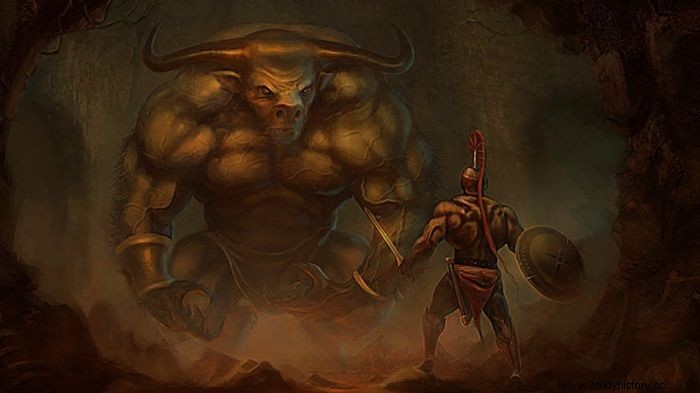
The Minotaur is a Greek mythological character. The creature was the offspring of the queen of Crete and a majestic ox that came from the sea. The Minotaur has a human body with a bull's head and tail. King Minos was so terrified of this creature that he had the Labyrinth, a complex labyrinth, created to confine him.
centaurs
The Centaur is another combination of humans and animal Greek mythology. Centaurs have a horse body with a human head and chest. Although these creatures were usually represented as savages, a centaur named Chiron or Cheiron was wise. He was a teacher of many Greek mythological figures.
Fauner
Faunas or goat men were introduced into Roman mythology by the Greek satyrs. Satyrs, for their part, were modeled after the deity Pan. Fauner has the goat's legs and tail and the upper body of a human. In art forms, they have horns and pointed ears and other goat-like characteristics. The faunas help lost travelers find their way.
Werewolf
The werewolf or lycanthrope has a rich history and is mentioned in legends such as Germanic pagan civilizations, Slavic Europe and ancient Greek mythology. Werewolves are popular even today, despite their ancient beginnings! A werewolf is a human who can transform or change the shape of a wolf. Legends about this creature, however, vary traditionally.
Loch Ness monster
The story of the Loch Ness monster, also popular as Nessie, dates back to the Picts, an ancient Scottish ethnic group. There are several mythological water monsters in Scottish mythology, but Nessie is by far the most popular. It resembles a plesiosaur, an aquatic dinosaur. The monster is often believed to be a myth, as most photographs or eyewitness accounts are scams. Many people think Nessie is still alive today!
Popular mythological creatures
Griffin
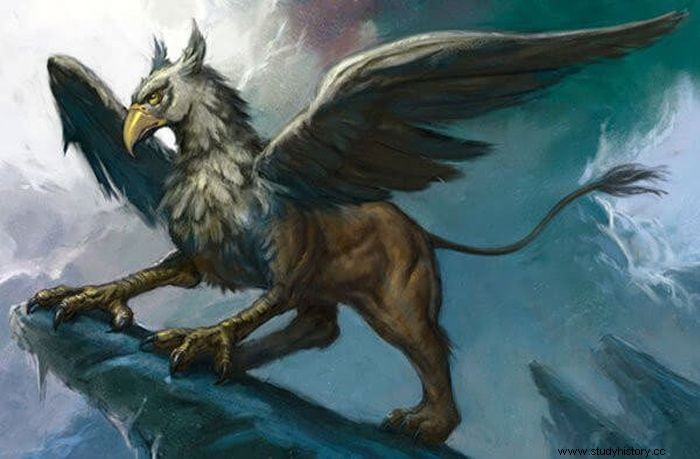
Gryphon is a hybrid between a lion and an eagle. It is a powerful and magnificent monster of Egyptian and Persian mythology. Historically, gryphons had a lion's body, tail and hind legs, and an eagle's head, wings and claws. However, art depicts gryphons as animals with lions in front of paws as well. In folklore, gryphons guarded the vast treasures and wealth.
Phoenix
Phoenix is a mythological eagle-like creature known to have burned out in flames at the end of life. It reappears as a new phoenix from the ashes (or rises from the ashes). Phoenix connects to sun worship in both ancient Egyptian and classical myth. Myths depict it as a large bird with a golden and red-red plumage and can live for hundreds of years. Phoenix stands for immortality, eternity and resurrection.
basil
The basilisk is a snake creature popular in European folklore. It resembles Gorgons of Greek myth and can kill with a single glance. Basilisk, also popular as snake kings, appears in literature and art. These include works by Chaucer and Leonardo da Vinci, and religious writings such as the Bible. Basilis were believed to be killed by exposing them to the stench of weevils, gryphon tears or witnessing their own reflection.
Unicorn
Unicorns are legendary creatures and are referred to as a horse or goat-like mammal with a single horn. People have been fascinated by these majestic animals from ancient mythology (as in Mesopotamia, India, Greece and China) and even in our time. Unicorns have healing properties. For example, if a person drinks from a unicorn cup, they will be immune to toxins.
Popular mythological creatures
Dragon
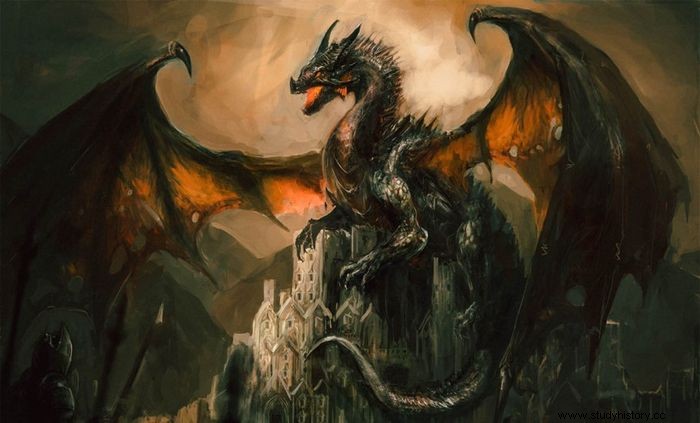
Dragons fly snake-like monsters that appear in various stories from around the world. Despite its popularity, the origin of the dragon story remains a mystery. However, there are cultures that believe that dragons are not legendary at all, but rather massive creatures that have long since become extinct, like dinosaurs.
Bigfoot
While many believe that Bigfoot or Sasquatch is the missing link between apes and humans, Bigfoot or Sasquatch is actually a mythical figure. It is characterized as a large, hairy humanoid monster with a height of about six to nine meters high. Observations have been made of Bigfoot in Northern California, Oregon, Washington and British Columbia, according to North American mythology.
Hydra
Hydra is another mythological creature from Greek mythology. It is a massive, snake-like monster with several heads, each of which can spew out acid. According to mythology, this leads to two more sprouts instead of cutting off one of Hydra's heads. Hydra was known for scaring the villagers who lived in the Lerna bogs before his death at the hands of Hercules.
zombie
Anyone who loves horror movies knows zombies. Zombies are popular not only in Hollywood but also in folklore. They first appeared in Haitian legend, originating in the Haitian French name "zombi" or the Haitian Creole "zonbi". It refers to a body that is strapped with magic or other means. Zombie myths have evolved over time to reflect contemporary societal anxiety and circumstances. The bodies are often resuscitated via viruses or other scientific procedures.
Popular mythological creatures
Chimera
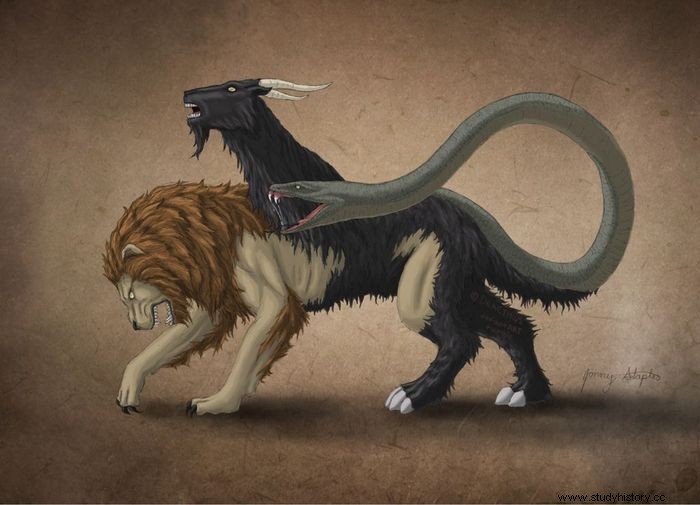
The Chimera was a legendary fiery creature popular in Greek mythology. It is a lion fused with a goat and a snake and connected to monsters like Cerberus. However, the term chimaera now refers to all creatures that are a mixture of many species, usually with radically different components.
Pontianak
The Pontianak story is one of the most terrifying ghost stories in the world. According to Indonesian and Malaysian mythology, it is a female ghost of a lady who died while pregnant. While Pontianak is a pale monster with long dark hair and red eyes, she can become a beautiful woman to change men. She appears during the full moon and attaches to the body organs of her victims.
Banshee
Banshee is a popular figure in Irish folklore. It's a female ghost that appears before the death of a loved one. She screams or cries to warn family members of the impending tragedy. The physical appearance of Banshee varies, from a one-foot-tall woman to a young woman in the family who died at an early age.
Dybbuk
Dybbuk has its origins in Jewish folk tales. It is about the spirit of a deceased person or distorted soul who has a living human being. This malevolent spirit has its origin in Hebrew which means "clinging" or "clinging". It should only leave the host until it has met some kind of goal so that it can continue.
Vampire
Vampires have taken several forms throughout history and the years. While the origins of vampire myths are purely in Europe, folk tales of vampire monsters exist in almost every culture. These creatures are characterized by their consumption of the vital essence of a person, and most often in the form of blood.
Bogeyman
True or not, but surely the shooter was solely to scare young people into good behavior. There are varieties of bogeyman in every culture, with its origins as challenging. The appearance of the boogeyman also varies by culture. Somewhere they appear with horns, claws, claws or hooves. However, the bogeyman mythology in its various incarnations is an almost global myth.
the conclusion
Is it true that all mythological beings are settled? We do not know. But the characters are interesting! Let us know what other mythical characters you've heard of.
